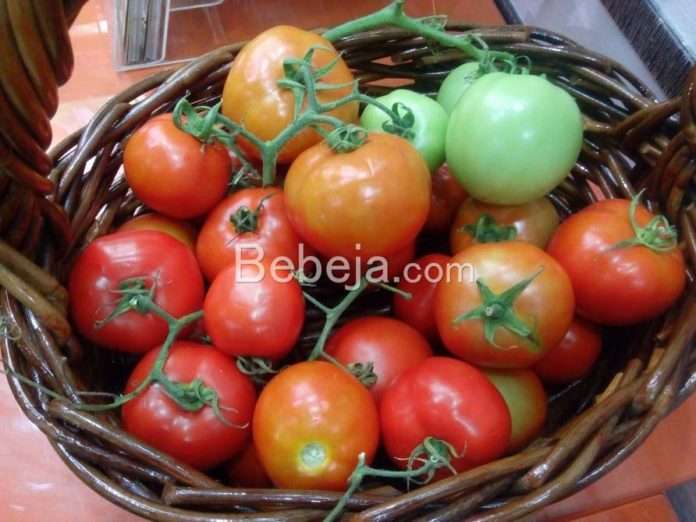Producing high quality tomatoes is the hope of planters. The key to the successful optimal production and quality of Solanum lycopersicum is using high quality seeds, correctly applying fertilizers, and appropriately administering pesticides.
High yielding tomato plants result in an approximate yield of 2 kg per plant with at least 75% of the harvested tomatoes meeting high quality standards. Such success is achieved through intensive cultivation methods. Without intensive cultivation, each plant produces 1.4-1.6 kg on average, with 40% of the yield consisting of good quality tomatoes. Good quality tomatoes are characterized by an average fruit weight exceeding 100 grams, a deep red color, and appropriate fruit hardness.
The use of high quality seeds is crucial, providing various beneficial traits including accelerated plant growth and disease resistance. Numerous high quality seed producers are available, enabling growers to select according to their specific target market.
Next, the field should be fertilized by applying a basic fertilizer at a dosage of 30 tons per hectare. Subsequently, it is necessary to sprinkle NPK 15:15:15 compound fertilizer at a rate of 750-800 kg/hectare, ensuring that the fertilizer is evenly spread across the field. To support the vines, it is recommended to create 25 cm high beds with bamboo stakes for tomato plants.
To prevent weed growth, such as grass, the beds should be covered with black silver mulch. The mulch covers the entire bed, apart from the planting holes. Nevertheless, to reduce the diseases caused by weeds becoming hosts, it’s essential to clear any weeds that sprout between the beds.
Once seedlings are planted, supplement with NPK compound fertilizer at approximately 400 kg/hectare. Since the beds are shielded with mulch, the NPK fertilizer must be dissolved in water and poured into each planting hole. Biofertilizer improves soil conditions, allowing plants to more easily absorb nutrients. Fertilizers at the same dose are subsequently applied every 25 days until harvest, which occurs when the plants are 85 days old.
The rainy season poses a serious threat to planters due to the high incidence of diseases during this period. The most prevalent disease is Phytophthora sp. To combat this, mancozeb-based pesticides should be sprayed at intervals of 3-4 days, or 2-3 days shorter, depending on the severity of the disease.
Taking preventive measures, such as mixing pesticides into the planting medium at the nursery, can also help control the spread of the disease. The most common pest of tomatoes is Liriomyza sp. The leaf-slitting pest can be treated with abamectin-based insecticides. Other pests, such as apis bugs and thrips, can also be treated with the same insecticide used.
